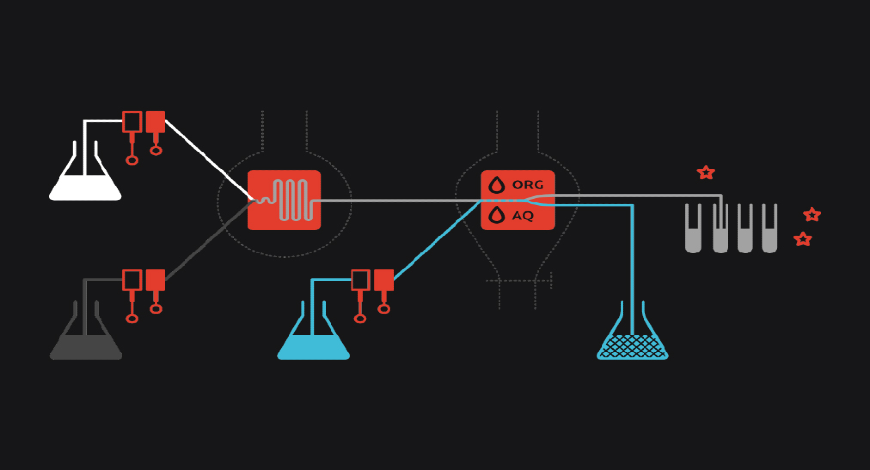Market Foresight
Flow chemistry market size to be worth USD 2.39 billion by 2025

The global flow chemistry market size is projected to be valued at USD 2.39 billion by 2025, poised to register a CAGR of 10 percent, estimates Grand View Research. Academia and research application held a market share of 12.45 percent in 2018 with growing use of renewable technologies for manufacturing, along with affordable cost of flow chemistry. Microreactor is expected to register an astounding CAGR of 21.0 percent, due to the demand from pharmaceutical manufacturers owing to better selectivity, affordable production costs, and low waste generation by the product. Asia-Pacific is expected to witness the highest CAGR of 11.3 percent with growing adoption of affordable, energy-saving, renewable technologies, along with substantial investment from petrochemical industry.
Lower operating costs of the technology coupled with eco-friendliness are projected to boost the growth. Substantial reduction in waste generation, along with elimination of non-renewable production methods, is a priority from a global environment standpoint. Major economies are, therefore, introducing regulations with a view to minimize the damage to the environment. Numerous governments are introducing measures to achieve the targets set by the Paris Agreement under the United Nations Framework Convention on Climate Changes (UNFCCC), specifically to mitigate the emission of greenhouse gases. Continuous Stirred Tank (CST) and Plug Flow (PF) are the most commonly adopted reactors in the flow chemistry market. CST reactor systems require limited human intervention to function, thereby incurring low labor costs associated with its adoption. Additionally, both reactor technologies have a high output rate, resulting in low production costs.
Increasing adoption of microreactors in specialty chemical, fine chemical, and pharmaceutical manufacturing sectors has contributed substantially to controlling environment damage, along with saving manufacturing costs. In the bulk chemicals manufacturing industry, microreactors are used to manufacture styrene, formaldehyde, ethylene oxide (EO), and vinyl acetate monomer (VAM), among others. Pharmaceutical industry is expected to witness maximum growth owing to the ease of continuous separation and crystallization technique offered by flow chemistry technology. Growing need for production cost control, coupled with increasing competition in the active pharmaceutical ingredients (API) manufacturing industry, is projected to contribute significantly to the demand.












